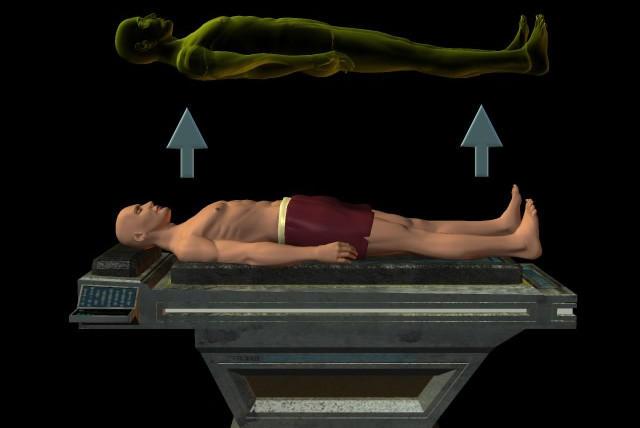Australian martial artist dies for 28 minutes before coming back to life

An Australian taekwondo instructor died for 28 minutes after suffering a heart attack at a basketball game. He describes his out-of-body experience and urges others to learn CPR.
Phill Zdybel, 57, from Geelong, Victoria, Australia, claimed to have had an "out-of-body" experience when he briefly died and described what it felt like to float above his own body.
The Australian taekwondo instructor died for 28 minutes after suffering a heart attack in the middle of a basketball game last November – only to come back to life.
"I'm a miracle man," Zdybel told the Geelong Advertiser. "No one would have found me."
After that, Zdybel was rushed to the hospital and was unconscious for three days while recovering from the incident and from surgery to insert a stent into his heart.
When he woke up, he found out that for 28 minutes, he had been clinically dead.
Later, the taekwondo instructor credited his recovery in part to his fitness and positive attitude.
"Alive, Out or Dead, it's all about your mindset that's going to keep you going," Zdybel said in a Facebook post. "In my book, there is only one key element and that is hard physical training, but each to their own."
The martial artist added that his close brush with death changed his perspective on life – it even led him to reconsider his decision to retire from taekwondo.
"All the little things we worry about are not worth worrying about," Zdybel said after competing in a tournament with his son, according to the Mirror. "Don't let anyone tell you you can't do anything."
No light at the end of the tunnel: What did Phill Zdybel see when he died?
In an interview with the Today Show Australia, he was asked whether, upon death, he saw the afterlife.
"No, no lights at the end of the tunnel, no angles, nothing like that," Zdybel said, saying that he has described what happened to him as an "out-of-body" experience.
"It's like I was just standing there watching a movie or watching it all as a bystander," he explained. "Your brain is still alive, it's still functioning, so that could have been my subconscious. I could have been aware of what was happening and not able to communicate it across. It could have been a lot of things. I could have been just out of body, standing there, directing everyone, I really don't really know."
However, he added that he could still see it all in his mind.
"I can see Josh on the phone with Triple-0 [the Australian emergency services number] and I'm saying, 'What are you doing on the phone, mate? Get off your phone, you're always on it," he recalled. "I can sorta see the nurse rushing over, but I'm not floating, I'm standing, watching... They've got the defibrillator, and all the ambos [ambulances] are here and so good, I can go and leave it up to them, they can take care of it – not realizing it was me."
Now, Zdybel hopes his story will inspire others and help encourage people to become CPR certified since this can save lives.
"It's so important that people learn CPR," he told the Today Show Australia.
Around 356,000 people in the US alone go into cardiac arrest every year, either at home or in public, and 90% of those cases are fatal, according to the Sudden Cardiac Arrest Foundation.
Israel is one of the few countries in the world where heart attacks are the second leading cause of death after cancer, while it is the leading cause of death in most other countries.
Jerusalem Post Store
`; document.getElementById("linkPremium").innerHTML = cont; var divWithLink = document.getElementById("premium-link"); if (divWithLink !== null && divWithLink !== 'undefined') { divWithLink.style.border = "solid 1px #cb0f3e"; divWithLink.style.textAlign = "center"; divWithLink.style.marginBottom = "15px"; divWithLink.style.marginTop = "15px"; divWithLink.style.width = "100%"; divWithLink.style.backgroundColor = "#122952"; divWithLink.style.color = "#ffffff"; divWithLink.style.lineHeight = "1.5"; } } (function (v, i) { });

